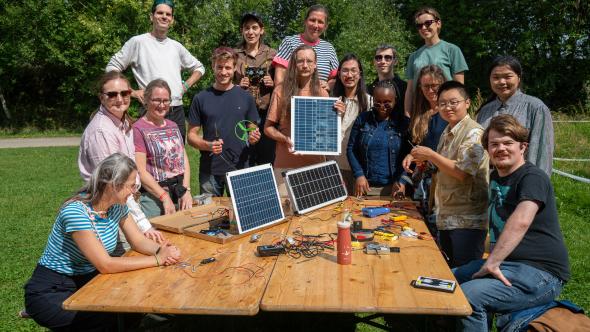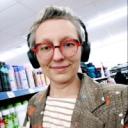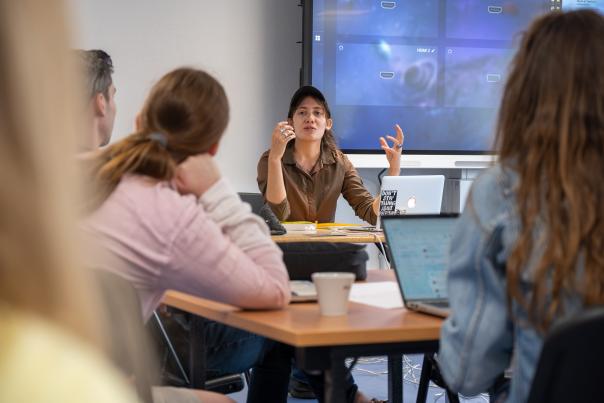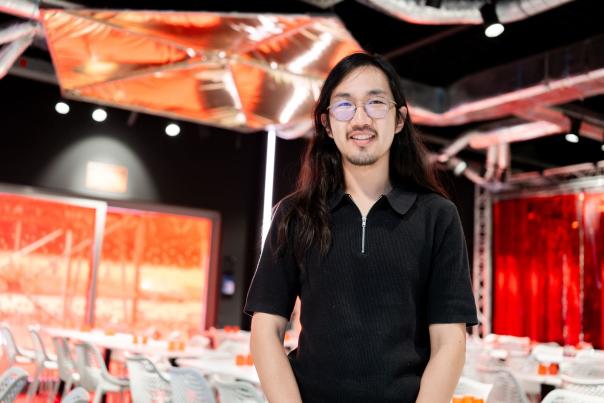UNIVERSEH: a week of creative research on sustainable space exploration
From August 25 to 31, the University of Namur welcomed 16 PhD students from partner universities of the European UNIVERSEH alliance for an immersive week at the Euro Space Center on the theme of sustainable space exploration. A promising first edition for this SciArts Lab Week, imagined and organized in collaboration with KIKK ASBL and the University of Luxembourg.





